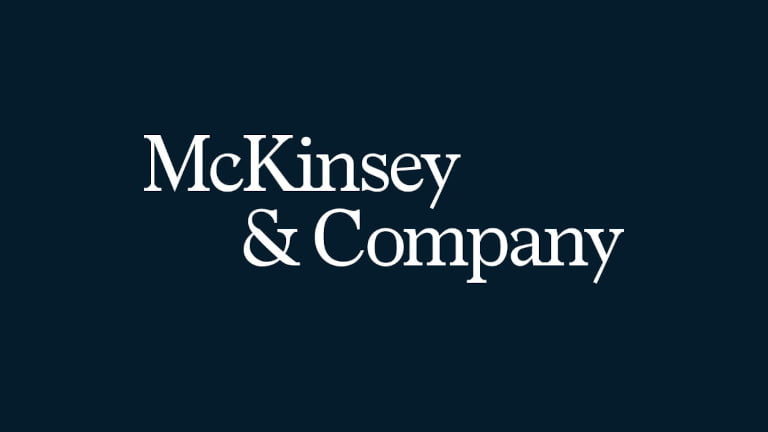4 ways to boost enterprise resilience with systems thinking
Why It Matters. It’s not enough to excel at a steady state — firms also need the resilience to respond to irregular operations and conditions. Systems thinking can help.
Fresh off a year-plus of supply chain disruptions and irregular operations precipitated by the global pandemic, organizations should make time to rethink resiliency and risk management.
According to a pair of MIT Sloan professors focused on continuous improvement and risk management, the big lesson from COVID-19 is that it’s not enough for organizations to excel at a steady state — they also must build the resilience to respond to irregular operations and conditions.
“Despite the sophisticated risk frameworks we’ve developed for handling large-scale projects, even in operations, we’re still suffering from the consequences of preventable incidents,” saidJohn Carrier,a senior lecturer in system dynamics at MIT Sloan.
“We have to understand how to apply new technology, and we also need to understand our organization so we can act correctly. Otherwise, we’re repeating the same mistakes with better technology,” said Carrier, who recently led an Executive Education webinar entitled Enterprise Resilience and Systemic Level Risk Management, along with professor of operations managementRetsef Levi.
The shortages of personal protective equipment (PPE), electronics components, paper goods, and food items were jarring, but supply chain snafus and product shortages were a reality long before COVID-19. The common thread between events of 2020 and historic disruptions — from the space shuttle Challenger disaster to the Deepwater Horizon explosion and oil spill — is the concept of irregular operations, when fundamental underlying assumptions are challenged.
“There are times when there is a major disruption that suddenly implies what worked so far is not going to work anymore and you need a new playbook,” Levi said. “The disruption could be an epidemic or a technology or regulatory change. It’s all about a shock to the system, not necessarily predicted, that requires a new approach to how you operate your organization and supply chain.”






